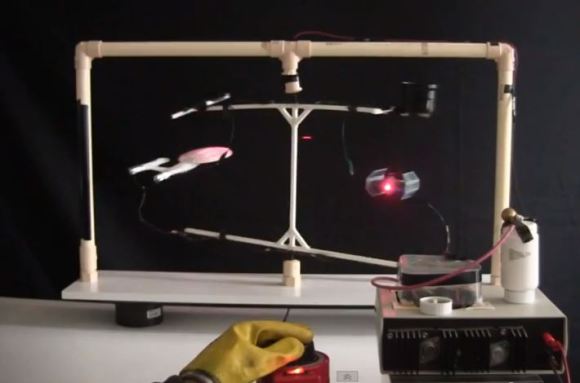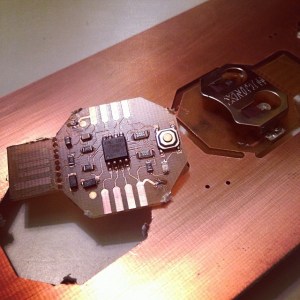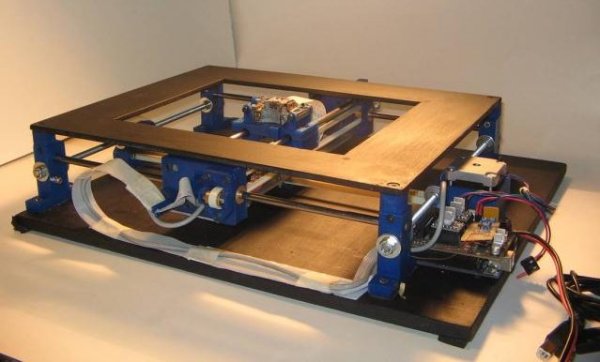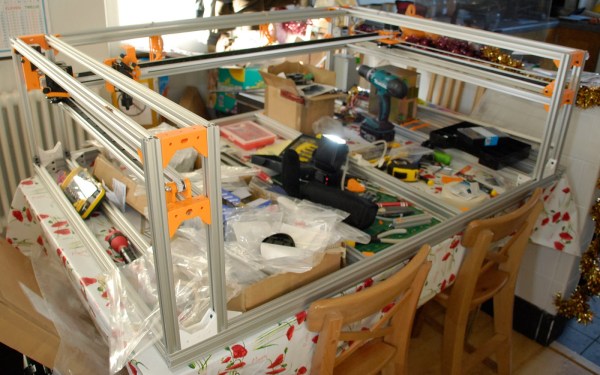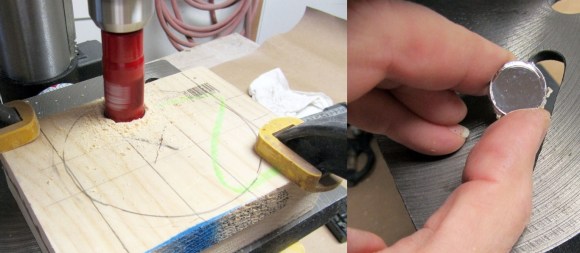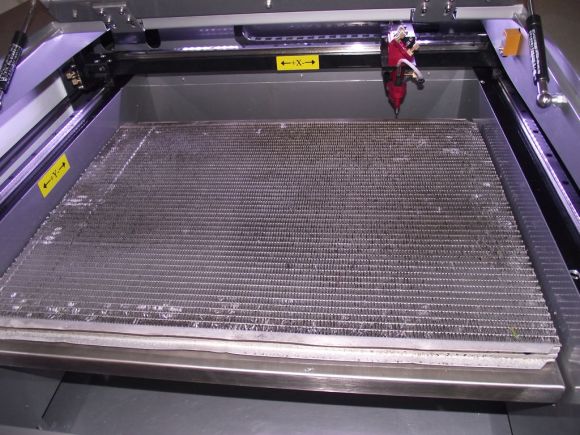
CO2 lasers make use of a honeycomb table which allows you to support parts you are cutting — without cutting into the bed too much. Unfortunately they are a consumable part, so they will eventually wear out, and they aren’t that cheap. [Claptrap] came up with an excellent alternative.
A few months ago, his radiator blew in his station wagon, and it had to be replaced. He was about to throw it out when he realized the similarity of the radiators cooling fins, to that of his honeycomb table… He cut it down to size, pressure washed it (though he notes you should probably wash it first before cutting) and put it in place. It works great!
The only caveat we have is that you should probably flush the radiator with a water pump first — you don’t want to be heating up any residual radiator fluid inside the radiator channels!
Continue reading “A Cheap Honeycomb Table Replacement For Your Laser”

